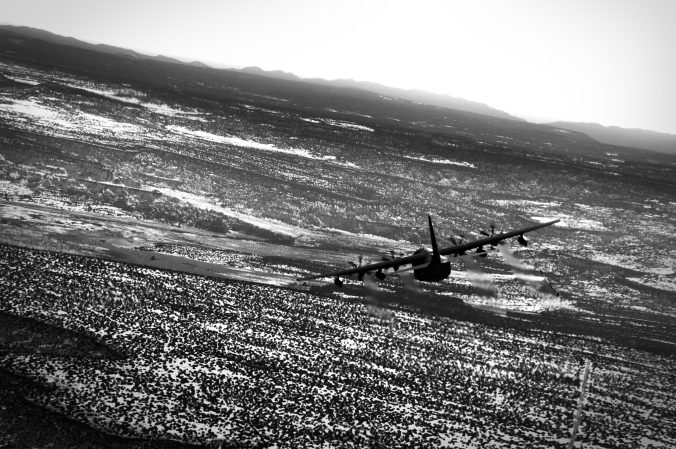Special operations forces have long been fans of the C-130, more affectionately called the Herky Bird. Why not? It’s one of the most versatile platforms available. The basic transport has been a standby for airborne units over the years, but when it comes to carrying the precious cargo that is American special operations forces, no ordinary Hercules will do.
Over the course of several decades, the Air Force has developed advanced versions of the C-130 platform to be used specifically by special operations. One of the first was a variant of the old C-130E, dubbed the MC-130E “Combat Talon,” which entered service in 1966. The MC-130P “Combat Shadow,” derived from the HC-130P, entered service in 1986. The MC-130H was a special-operations version of the C-130H that entered service in 1991.
All of these planes, however, are pretty old by now.

The C-130J version of the Herky Bird entered service in 1999, replacing aging C-130E models. Continuing the tradition of its predecessors, the C-130J was also modified for use by special operations forces. Older MC-130Es and MC-130Ps were first in line to be replaced by a total of 37 MC-130Js, according to a United States Air Force fact sheet.
The MC-130J first entered service in 2011. It was given the name “Commando II,” taking on the designation of the Curtiss-Wright C-46 “Commando,” a cargo plane that mostly saw action in the Pacific Theater of World War II and was retired in 1968.

The MC-130J has a top speed of 415 miles per hour and an unrefueled range of 3,000 miles. It can refuel up to four helicopters or tilt rotors at a time. It’s also equipped with advanced electro-optical and infrared sensors.


















